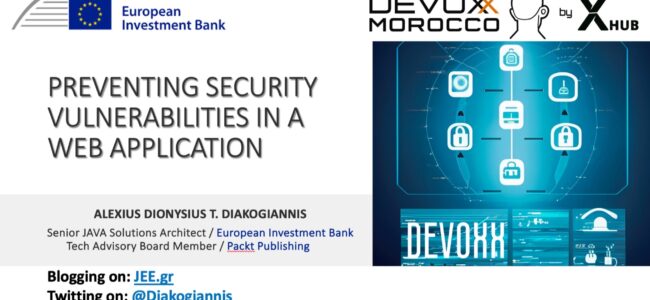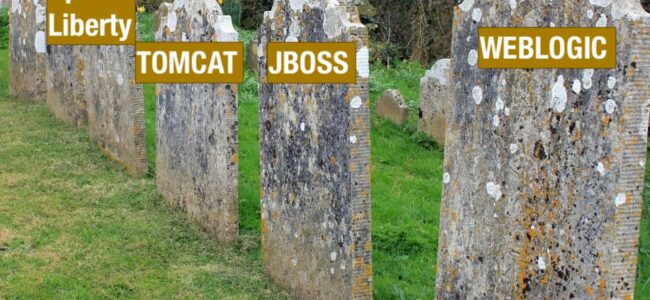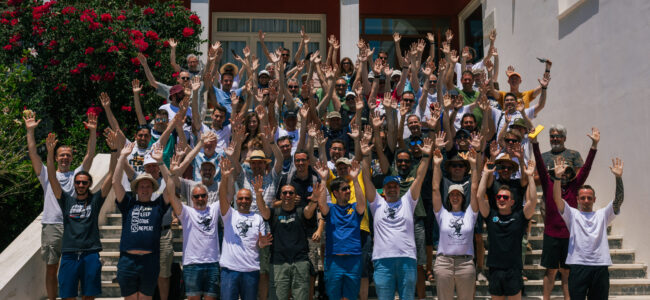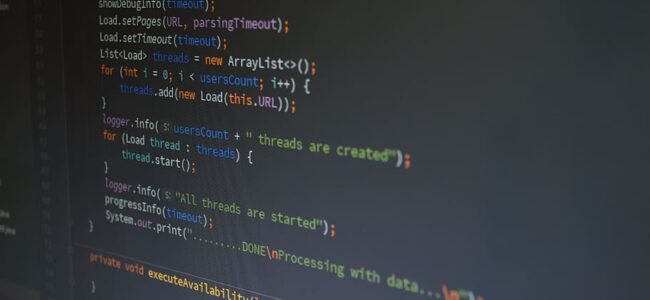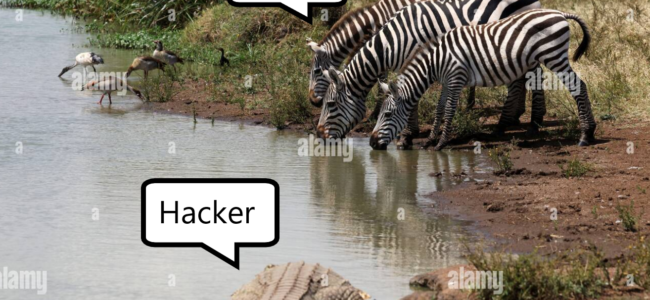
Introduction
In the fast-paced world of software development, effective communication and clear documentation are paramount. This is where the power of visual representation comes into play, and one tool that has significantly simplified this process is PlantUML. This open-source project has revolutionized the way developers, project managers, and analysts create and share diagrams. It’s not just a tool; it’s a visual language that transforms the way we think about and document software architecture, processes, and workflows. Continue reading “Introduction to PlantUML: Unleashing the Power of Visual Representation as a Code in Software Development”
